Uncover the vital role of ancient Egyptian police in upholding order, enforcing laws, and safeguarding sacred sites. Explore the Medjay's duties, early criminal investigations, and the innovative use of trained animals like dogs and monkeys, influencing modern policing methods.

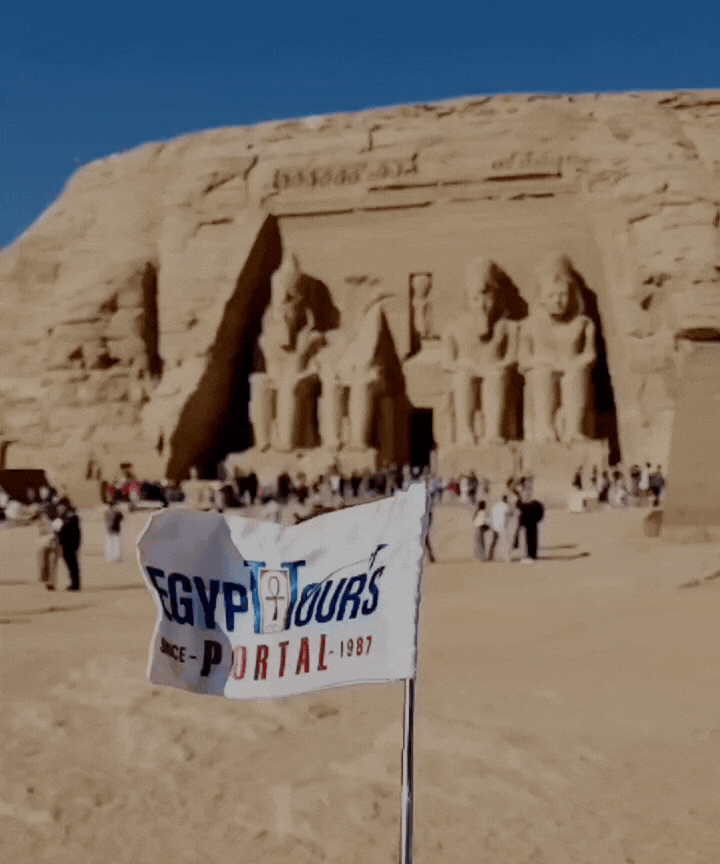
Over time, the police force evolved into a highly organized system, especially during the New Kingdom, with elite units like the Medjay specializing in tomb protection and crime prevention. Ancient Egyptian law enforcement also innovatively employed animals like dogs and monkeys to assist in policing. Everyone will get to explore the various roles, responsibilities, and innovations of ancient Egyptian police, highlighting their integral role in society.
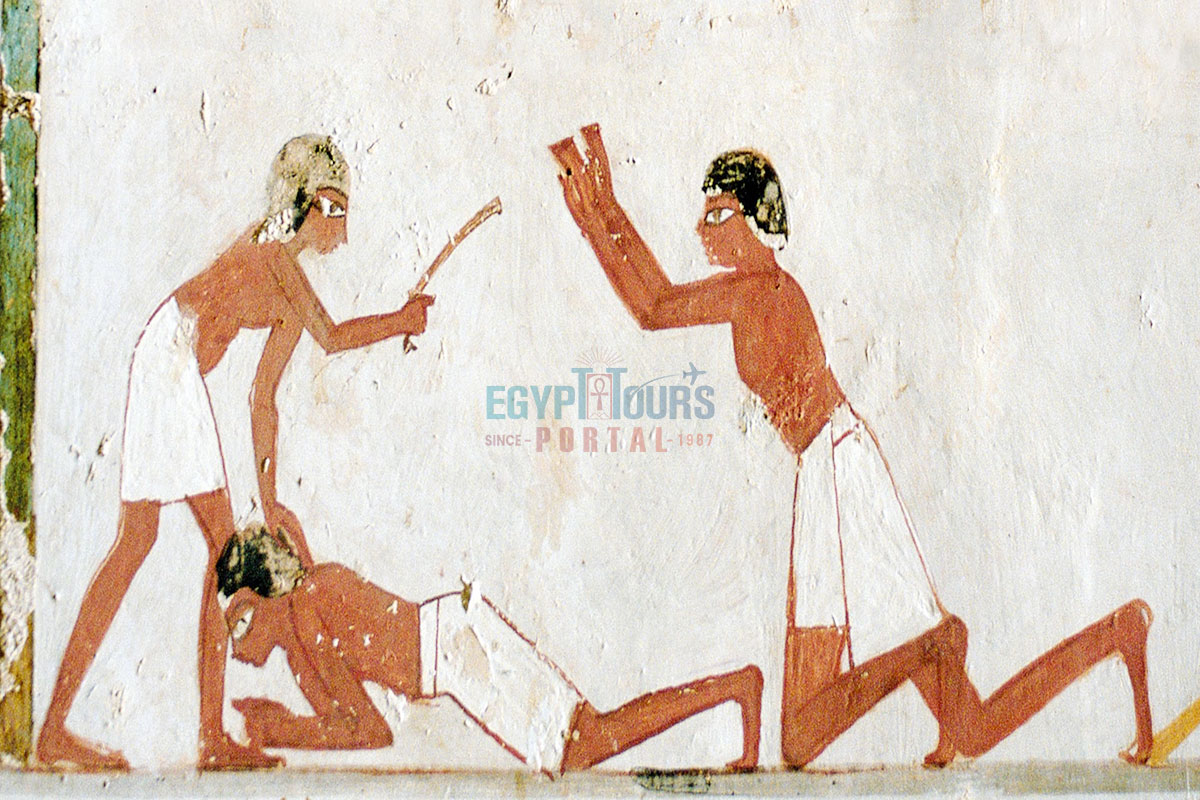
Law enforcement in ancient Egypt began informally during the Old Kingdom (c. 2613–2181 BCE). Local governance relied on elders and respected community leaders to settle disputes and enforce the concept of ma’at (harmony and justice). Pharaohs and nobles employed personal guards to protect their tombs, estates, and treasures. These guards were often trustworthy Egyptians or warriors from Nubia with military backgrounds.
By the end of the Old Kingdom, Nubian Medjay warriors emerged as a key force for security. Known for their exceptional combat skills, they were initially employed as mercenaries and watchmen, marking the early steps toward a formalized police force. Tomb art from this period, such as in the tomb of Khnumhotep and Niankhkhnum, depicts guards and animals aiding in law enforcement.
The First Intermediate Period (c. 2181–2040 BCE) saw decentralization of power, leading to increased reliance on regional governance. Local rulers hired guards, including Bedouins, to patrol borders and protect trade caravans. However, this era lacked the centralized judicial and law enforcement systems of later periods.
During the Middle Kingdom (c. 2040–1782 BCE), Pharaoh Amenemhat I established Egypt’s first standing army, which also functioned as law enforcement. Soldiers were deployed to patrol borders, protect royal trade expeditions, and guard tombs. This era saw the creation of professional police officers, tasked with enforcing state laws and maintaining public order.
In the New Kingdom (c. 1570–1069 BCE), law enforcement became more organized and specialized. The Chief of the Medjay was established as the head of a professionalized police force, which included Egyptians and Nubians. Police units expanded their roles to include protecting the Egyptian temples, overseeing public spaces, and investigating crimes. Notably, the Medjay evolved from an ethnic group to an elite paramilitary force.
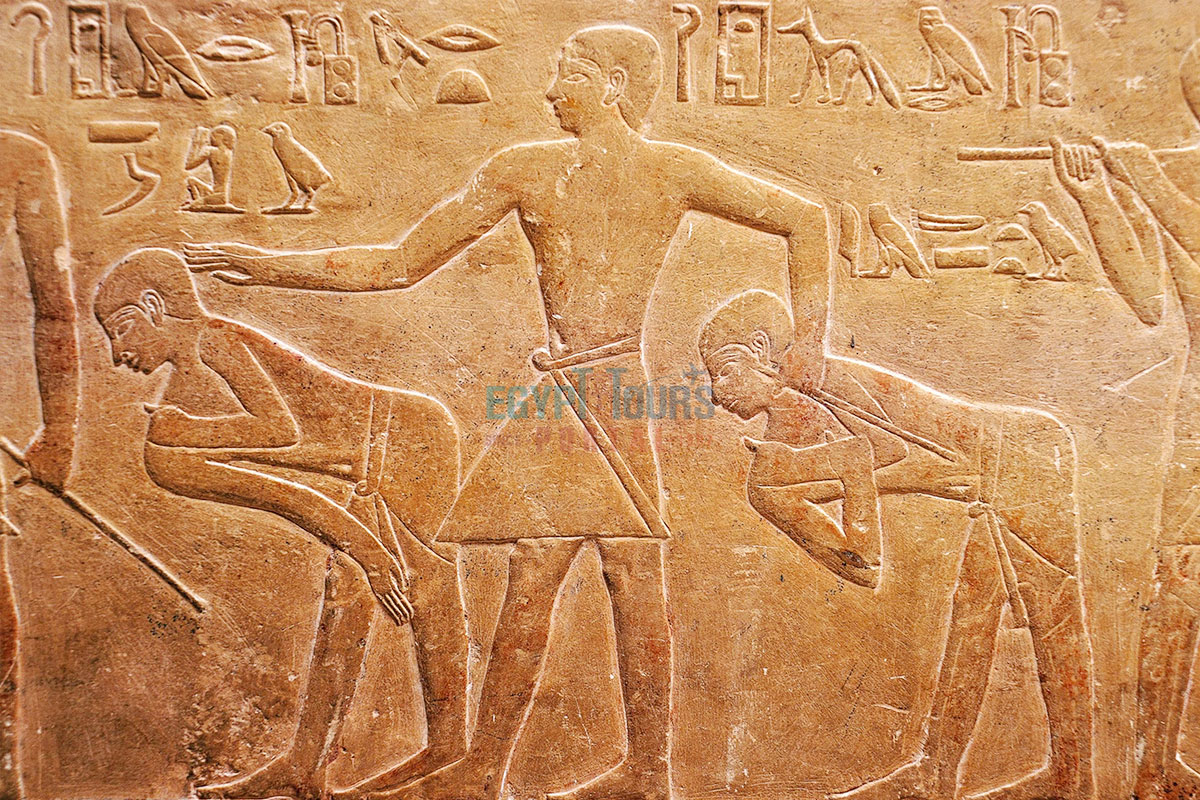
Police officers in ancient Egypt played an essential role in maintaining law and order, particularly in bustling urban centers and sacred locales. They were responsible for safeguarding markets, ensuring fair trade, and preventing theft, which was common in such busy areas. Temples, as centers of religious, political, and economic power, required special protection. Police ensured the sanctity of rituals by safeguarding religious artifacts and maintaining reverence for the Ancient Egyptian gods and Goddesses.
Officers also managed crowd control during festivals and public gatherings, such as the Opet Festival in Thebes. This major religious event saw large crowds gathering to honor the god Amun, and the police ensured that order was maintained, religious protocols were followed, and any unruly behavior was swiftly addressed.
Additionally, police were tasked with protecting sacred spaces, ensuring that people adhered to purification rituals, and preventing access to restricted areas within temples. Beyond the ancient Egyptian cities, police units were stationed at Egypt’s borders, including the Nubian frontier and the Eastern Desert, to prevent unauthorized crossings and protect trade routes.
The process of handling criminal activity in ancient Egypt involved a combination of rudimentary investigative techniques and judicial collaboration. Police were integral to gathering evidence and carrying out interrogations. They worked closely with scribes to document criminal investigations, ensuring that all testimony and evidence were recorded for judicial proceedings.
One notable example of this is the Ramesside Tomb Robbery Trials (c. 1100 BCE), which provide valuable insight into the law enforcement practices of the time. Suspects were interrogated, and confessions were often obtained through physical coercion, such as bastinades—beatings on the soles of the feet.
This method was used to extract confessions quickly and efficiently, with records meticulously documenting every step of the process. Police officers would collaborate with scribes to prepare cases for trial, ensuring that all the necessary evidence was presented to the judges.
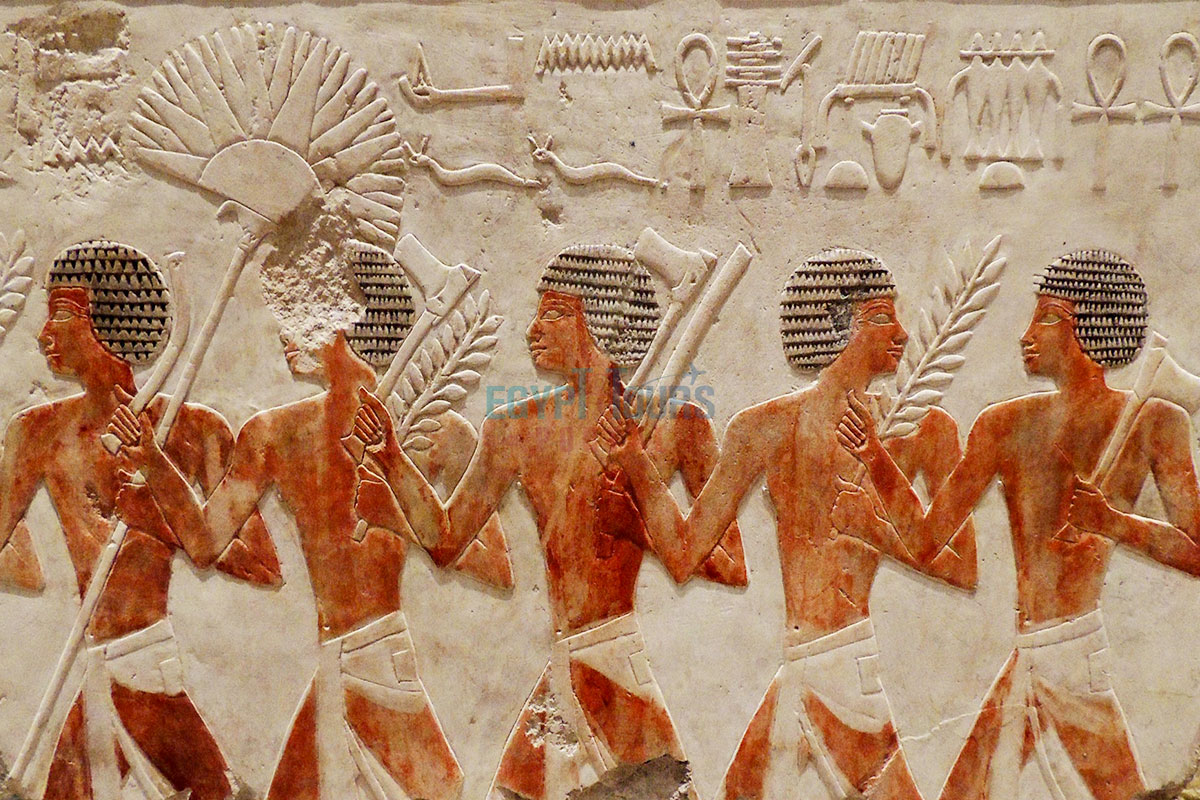
The composition of ancient Egypt’s police force was diverse and evolved over time, incorporating a blend of military-trained personnel and various ethnic groups. One of the most notable units in the ancient Egyptian police force was the Medjay. Originally Nubian nomads, the Medjay became essential to law enforcement by the Middle Kingdom (c. 2040–1782 BCE), serving as elite police units. Known for their loyalty and combat prowess, the Medjay were entrusted with protecting royal necropolises and trade caravans.
By the New Kingdom (c. 1570–1069 BCE), the Medjay had evolved from a nomadic group into a specialized, multicultural police force. Egyptians, as well as other Nubian groups, joined the Medjay, broadening the unit’s scope and expertise. The incorporation of Egyptian recruits allowed the force to adapt and perform duties ranging from border patrol to administrative roles within the police hierarchy.
Police training in ancient Egypt was comprehensive and adapted to the specific needs of law enforcement. Officers were trained in physical endurance, combat skills, and judicial procedures. Training emphasized proficiency with wooden staffs, bows, and slingshots, the latter proving useful in controlling crowds from a distance. The Medjay, in particular, underwent specialized training in areas such as tracking, border patrol, and tomb protection.
These skills were especially crucial as tomb robbing became rampant during the Late New Kingdom. Police officers were also equipped with various tools suited to their duties, including wooden staffs for crowd control and slingshots for long-range use. In addition to basic training, officers likely wore simple attire to allow for ease of movement, though high-ranking officers may have been distinguished by insignia denoting their authority.

Ancient Egyptian animals were very important in the policing department, as Dogs played a pivotal role in ancient Egyptian law enforcement. They were not only used for guarding royal Egyptian tombs and temples but also as active participants in criminal apprehension. Basenji and Ibizan hound breeds were favored for their loyalty and agility. Dogs were stationed at key entry points of sacred sites, where they would deter intruders and alert officers to any suspicious activity.
In addition to guarding, dogs were trained to track suspects and assist in locating stolen goods, making them essential tools in criminal investigations. This use of dogs in law enforcement is depicted in various tomb artworks, highlighting their importance as loyal companions to Egyptian police officers.
An especially innovative practice in ancient Egyptian law enforcement was the use of trained monkeys. Monkeys, due to their agility and intelligence, were particularly useful in market patrols. Tomb reliefs from the 5th Dynasty show monkeys actively subduing thieves.
One such relief, found in the tomb of Khnumhotep and Niankhkhnum, depicts a monkey restraining a thief by the leg while the officer moves in to apprehend the suspect. Monkeys were trained to assist in tasks such as apprehending criminals or subduing suspects, working alongside canine units to ensure public safety.
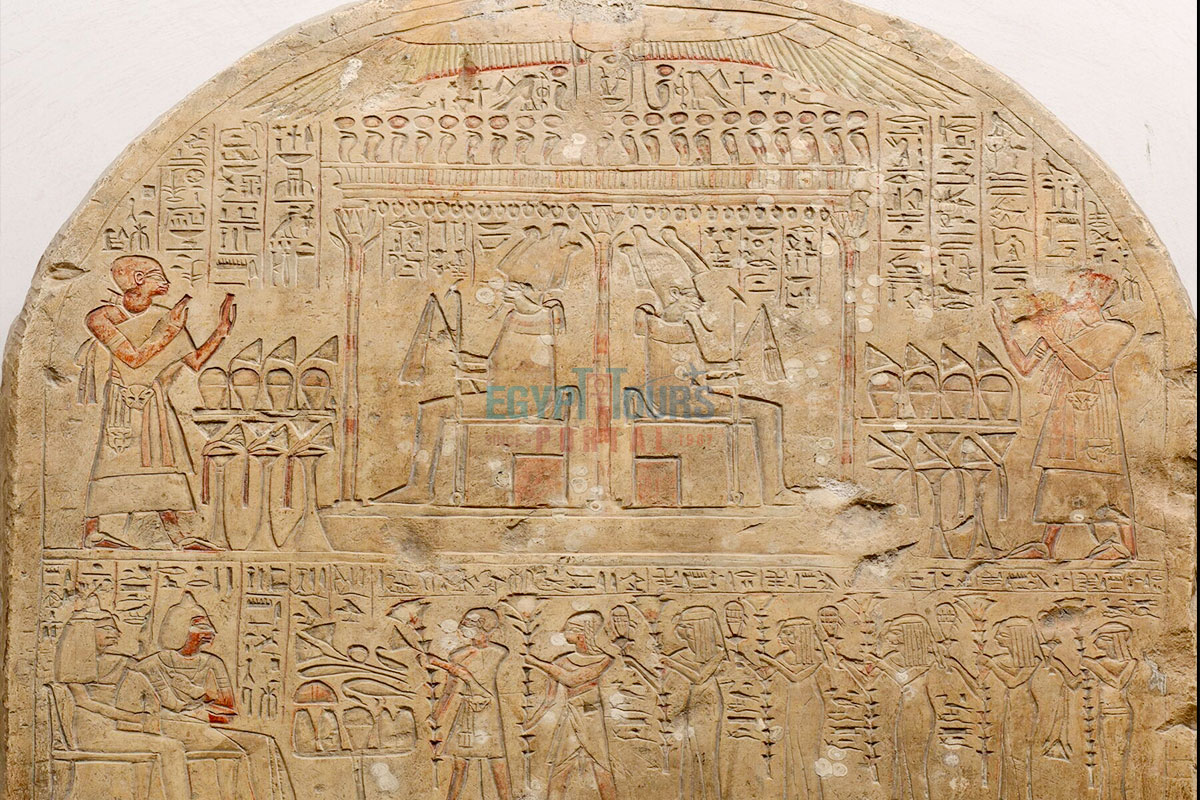
The police were vital to the judicial process in ancient Egypt. They escorted suspects to trial, ensuring that those accused of crimes were safely transported to court. Their involvement didn’t stop there—police were also responsible for enforcing judicial decisions, ensuring that punishments were administered as ordered by the court.
They also collaborated with scribes, who meticulously recorded the testimony and evidence during trials. Police officers played multiple roles within the court system, serving as bailiffs, prosecutors, and investigators, ensuring that justice was served.
The vizier, the highest-ranking official after the pharaohs, played a crucial role in overseeing both the judicial and police systems. The vizier appointed the Chief of the Medjay, who was responsible for managing regional police operations and ensuring alignment with state policies.
While temple police were primarily under the authority of high priests, they were still ultimately accountable to the vizier. This hierarchical structure ensured that the enforcement of ma’at (balance) was consistent across Egypt, from public spaces to sacred temples.
Learn about the judicial system, Crime, and Punishment in Ancient Egypt.
Read More
Ancient Egyptian punishments varied greatly depending on the severity of the crime. Minor crimes, such as theft or public misconduct, typically result in fines or physical punishments, such as flogging or bastinades (beatings on the soles of the feet).
Major crimes, such as tomb-robbing, were treated with extreme severity. Tomb robbers, who defiled royal and sacred burial sites, were often subjected to mutilation, exile, or even execution. One particularly famous example of this is the Ramesside Tomb Robbery Trials, where robbers were executed for desecrating royal tombs.
The threat of punishment in ancient Egypt extended beyond life itself. Criminals who were found guilty of serious offenses risked being denied a proper burial, a fate considered far worse than death. Ancient Egyptians believed that a proper burial was essential for a soul’s passage into the afterlife, and without it, the soul would be condemned to eternal oblivion.
Public punishments, including impalement or burning, were common methods used to deter criminal activity. These brutal executions were often carried out in public spaces, sending a clear message about the authority of the state and the necessity of maintaining ma’at.
Explore more magnificent details about the rituals, beliefs, and customs of the religion of the ancient Egyptians.
Read More
There are structural similarities between the ancient Egyptian police and modern law enforcement, particularly in terms of hierarchical organization, specialized units (like the Medjay, which can be likened to modern SWAT teams), and collaboration with the judicial system. However, ancient practices differed significantly from modern methods, particularly in the use of physical coercion for confessions and the severity of punishments, such as mutilation and denial of burial.
Although modern law enforcement has evolved, many practices used in ancient Egypt, such as crowd control and the protection of sacred sites, are still integral to contemporary policing. Additionally, the use of animals in law enforcement, particularly K-9 units, has its origins in ancient Egypt’s innovative approach to crime prevention. The foundational methods used by ancient Egyptian police laid the groundwork for many of the techniques and practices that continue to be used in modern law enforcement agencies.
The ancient Egyptian police system was a sophisticated institution that evolved over centuries, balancing the enforcement of ma’at with practical measures to maintain order. From the use of trained animals to the multicultural composition of the force, it reflected Egypt’s ingenuity and adaptability.
Despite its decline during periods of political instability, the legacy of Egypt’s early law enforcement practices continues to offer insights into the evolution of policing throughout history. Book your dream Egypt tour or Nile Cruise and witness all the miraculous marvels that showcase the epic essence of this immortal civilization.
Private 4 Days Cairo Tour Packages for Australian Travelers 4 days Cairo Egypt Tour ...
Tour Location: Cairo – Giza...
5 Days Cairo and Alexandria Tour Package For Australian Travelers 5 days Cairo and A...
Tour Location: Cairo/Giza/Alexandria...
6 Days Cairo, Luxor & Aswan Tour Package For Australian Travelers 6 days Cairo, ...
Tour Location: Cairo/Giza/Aswan/Luxor...
Amazing 7 Days Cairo and Hurghada Holiday for Australian Travelers 7 Days Cairo &...
Tour Location: Cairo – Giza – Hurgh...
Yes, Ancient Egypt Had an Organized Police Force, Particularly During the Middle and New Kingdoms, to Maintain Order, Protect Property, and Enforce Laws.
The Police Maintained Public Order, Guarded Temples, Markets, and Tombs, Apprehended Criminals, Conducted Interrogations, and Escorted Officials and Goods.
The Police Included Egyptians and Foreigners Like the Nubian Medjay, a Group Known for Their Skills as Guards and Trackers. They Were Often Recruited Based on Physical Fitness and Loyalty.
Police Carried Weapons Such as Staffs, Clubs, Bows, and Knives. They Also Used Ropes for Restraining Suspects and Other Tools for Surveillance and Investigation.
Yes, Dogs and Even Trained Monkeys Assisted Police in Guarding and Apprehending Criminals, Showcasing Their Ingenuity in Law Enforcement.
Police Conducted Interrogations, Often Using Physical Coercion, and Gathered Evidence to Present Before Judges or the Vizier, Who Acted as the Chief Legal Authority.
Crimes Included Theft, Tomb-robbing, Fraud, Murder, and Disputes Over Property or Inheritance. Tomb Robbing Was Especially Harshly Punished Due to Its Religious Implications.
The Police Worked Closely With the Judicial System by Capturing Suspects, Ensuring Their Presence in Court, and Enforcing the Judgments of Courts and Viziers.
Punishments Ranged From Fines and Public Beatings to Exile, Mutilation, or Even Execution, Depending on the Severity of the Crime.
The Medjay Were a Nubian Group Initially Serving as Mercenaries and Later Integrated Into Egypt’s Police Force. They Were Known for Their Effectiveness in Desert Patrols and Protecting Royal Tombs.
Yes, They Guarded Temples, Religious Artifacts, and Priestly Officials. They Also Ensured the Sanctity of Sacred Spaces by Preventing Theft and Vandalism.
Local Elders and Village Leaders Acted as the First Line of Law Enforcement, While Formal Police Units Handled More Significant Issues and Traveled When Necessary.
The Vizier Was the Highest Legal Authority Under the Pharaoh and Supervised Police Activities, Ensuring Laws Were Upheld and Justice Was Administered Fairly.
Texts Like the "Tomb Robbery Papyrus" and Temple Inscriptions Provide Evidence of Police Activities, Crimes, and Legal Proceedings in Ancient Egypt.
While Ancient Egyptian Police Were Less Specialized and More Integrated With the Judicial System, Many Principles, Like Maintaining Public Order and Protecting Property, Remain Similar to Modern Policing Practices.
The entire country of Egypt deserve to be explored with its every heavenly detail but there are places that must be seen before any other such as the breathtaking Hurghada's red sea, The wonders of Cairo the pyramids of Giza, the great sphinx, the Egyptian Museum, Khan El Khalili Bazaar, the wonders of Luxor like Valley of the Kings, Karnak & Hatshepsut temple and the wonders of Aswan such as Abu Simbel temples, Philea temple, Unfinished obelisk and The Wonders of Alexandria like Qaitbat Citadel, Pompey's Pillar and Alexandria Library. Read more about the best places to visit in Egypt.
If you want to apply for a Visa On Arrival that lasts for 30 days then you should be one of the eligible countries, have a valid passport with at least 6 months remaining and pay 25$ USD in cash, as for the E-Visa for 30 day you should have a valid passport for at least 8 months, complete the online application, pay the e-visa fee then print the e-visa to later be presented to the airport border guard. You could also be one of the lucky ones who can obtain a free visa for 90 days. Read more about Egypt travel visa.
Egypt has a variety of delicious cuisines but we recommend “Ful & Ta’meya (Fava Beans and Falafel)”, Mulukhiya, “Koshary”, a traditional Egyptian pasta dish, and Kebab & Kofta, the Egyptian traditional meat dish.
The best time to travel to Egypt is during the winter from September to April as the climate becomes a little tropical accompanied by a magical atmosphere of warm weather with a winter breeze. You will be notified in the week of your trip if the Climate is unsafe and if any changes have been made.
You should pack everything you could ever need in a small bag so you could move easily between your destinations.
We have been creating the finest vacations for more than 20 years around the most majestic destinations in Egypt. Our staff consists of the best operators, guides and drivers who dedicate all of their time & effort to make you have the perfect vacation. All of our tours are customized by Travel, Financial & Time consultants to fit your every possible need during your vacation. It doesn't go without saying that your safety and comfort are our main priority and all of our resources will be directed to provide the finest atmosphere until you return home.
You will feel safe in Egypt as the current atmosphere of the country is quite peaceful after the government took powerful measures like restructuring the entire tourist police to include all the important and tourist attractions in Egypt. Read more about is it safe to travel to Egypt.
Wear whatever feels right and comfortable. It is advised to wear something light and comfortable footwear like a closed-toe shoe to sustain the terrain of Egypt. Put on sun block during your time in Egypt in the summer to protect yourself from the sun.
The best activity is by far boarding a Nile Cruise between Luxor and Aswan or Vise Versa. Witness the beauty of Egypt from a hot balloon or a plane and try all the delicious Egyptian cuisines and drinks plus shopping in old Cairo. Explore the allure and wonders of the red sea in the magical city resorts of Egypt like Hurghada and many more by diving and snorkeling in the marine life or Hurghada. Behold the mesmerizing western desert by a safari trip under the heavenly Egyptian skies.
There are a lot of public holidays in Egypt too many to count either religious or nation, the most important festivals are the holy month of Ramadan which ends with Eid Al Fitr, Christmas and new years eve. Read more about festivals & publich holidays in Egypt.
Egypt is considered to be one of the most liberal Islamic countries but it has become a little bit conservative in the last couple of decades so it is advised to avoid showing your chest, shoulders or legs below the knees.
Arabic is the official language and Most Egyptians, who live in the cities, speak or understand English or at least some English words or phrases. Fewer Egyptians can speak French, Italian, Spanish, and German. Professional tour guides, who work in the tourism sector, are equipped to handle visitors who cannot speak Arabic and they will speak enough English and other languages to fulfill the needs of all our clients.
The fastest way is a car, of course, a taxi. If you are in Cairo ride a white taxi to move faster or you could board the fastest way of transportation in Egypt metro if the roads are in rush hour.
The temperature in Egypt ranges from 37c to 14 c. Summer in Egypt is somehow hot but sometimes it becomes cold at night and winter is cool and mild. The average of low temperatures vary from 9.5 °C in the wintertime to 23 °C in the summertime and the average high temperatures vary from 17 °C in the wintertime to 32 °C in the summertime. The temperature is moderate all along the coasts.
It is the home of everything a traveler might be looking for from amazing historical sites dating to more than 4000 years to enchanting city resorts & beaches. You will live the vacation you deserve as Egypt has everything you could possibly imagine.









